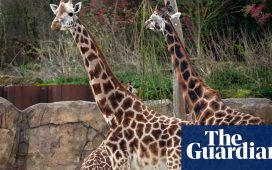The Alhambra, which sits on a hill in Granada, Andalucía, is the only preserved palatine city of the Islamic period and a Unesco world heritage site. Once the residence of the Nasrid sultans, it is one of the most visited national monuments in the world.

The Moorish architecture from the 13th century is peppered with pools, fountains and waterways that ensure an abundance of water and lush vegetation and a rich diversity of wildlife, including a wide range of aquatic species, especially amphibians.


There is evidence that the palace and the Generalife gardens have been home to numerous newts and frogs for hundreds of years.

Five amphibian species inhabit the Alhambra: the spiny common toad (Bufo spinosus) and the Iberian green frog (Pelophylax perezi – also know as Perez’s frog) are the most common and are easily spotted. The Iberian ribbed newt (Pleurodeles waltl), the Betic midwife toad (Alytes dickhilleni) and the Iberian painted frog (Discoglossus galganoi) are less widespread.



The Iberian ribbed newt was once abundant in the Alhambra and is again thriving after being reintroduced. Hundreds of larvae have been rescued from drying ponds in other areas not far from Granada and released into the pools.




The ribbed newt is perhaps the most notable of the Alhambra’s amphibian population, as it maintains its tail into adulthood, giving it a lizard-like appearance.

After several releases, the newts now reproduce in their new home and have established a healthy population – though visitors may need to look closely to spot them.

Find more age of extinction coverage here, and follow biodiversity reporters Phoebe Weston and Patrick Greenfield on Twitter for all the latest news and features











